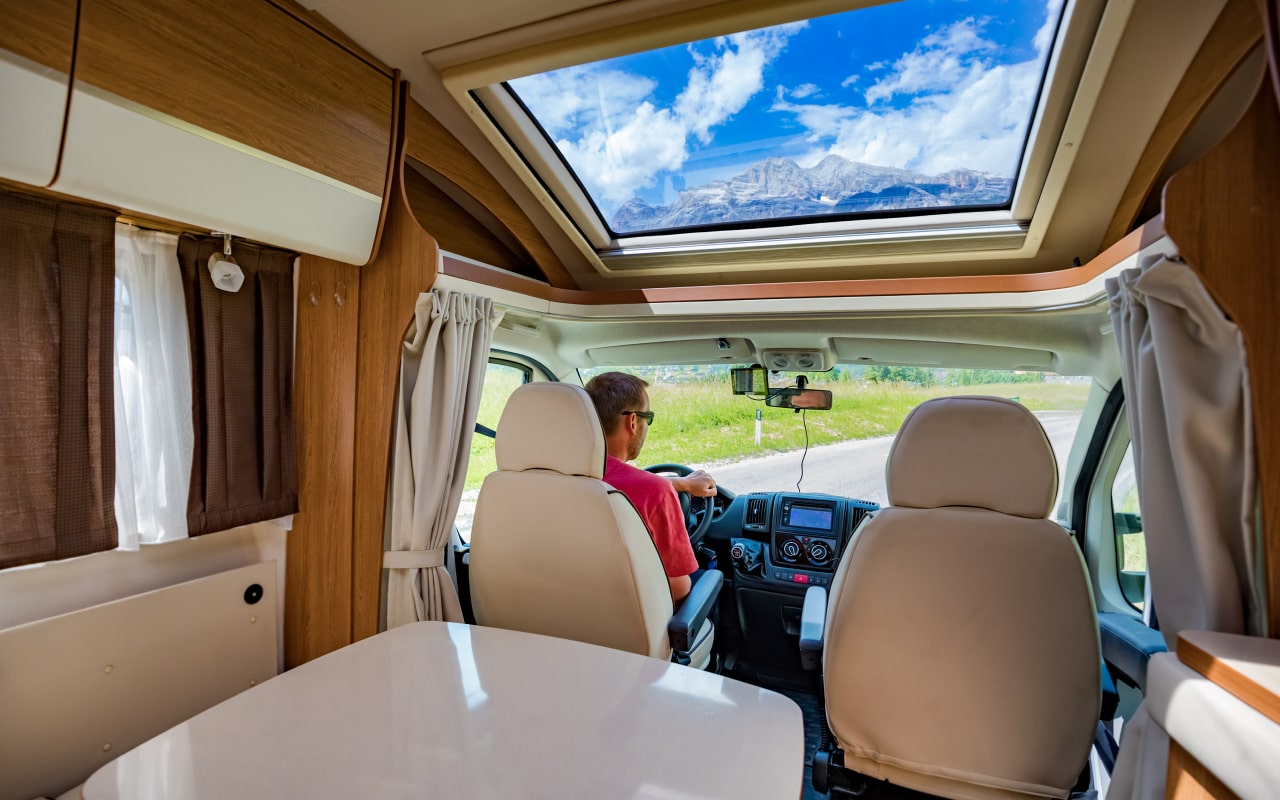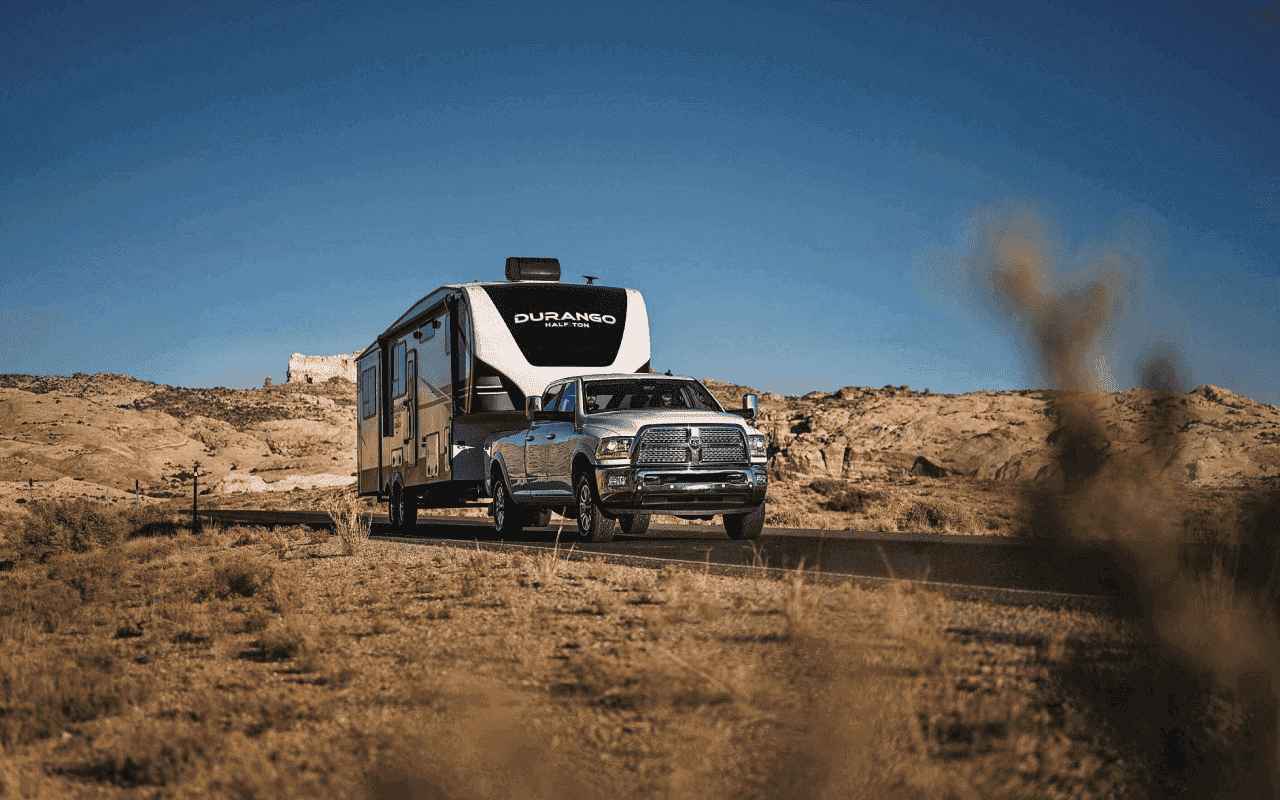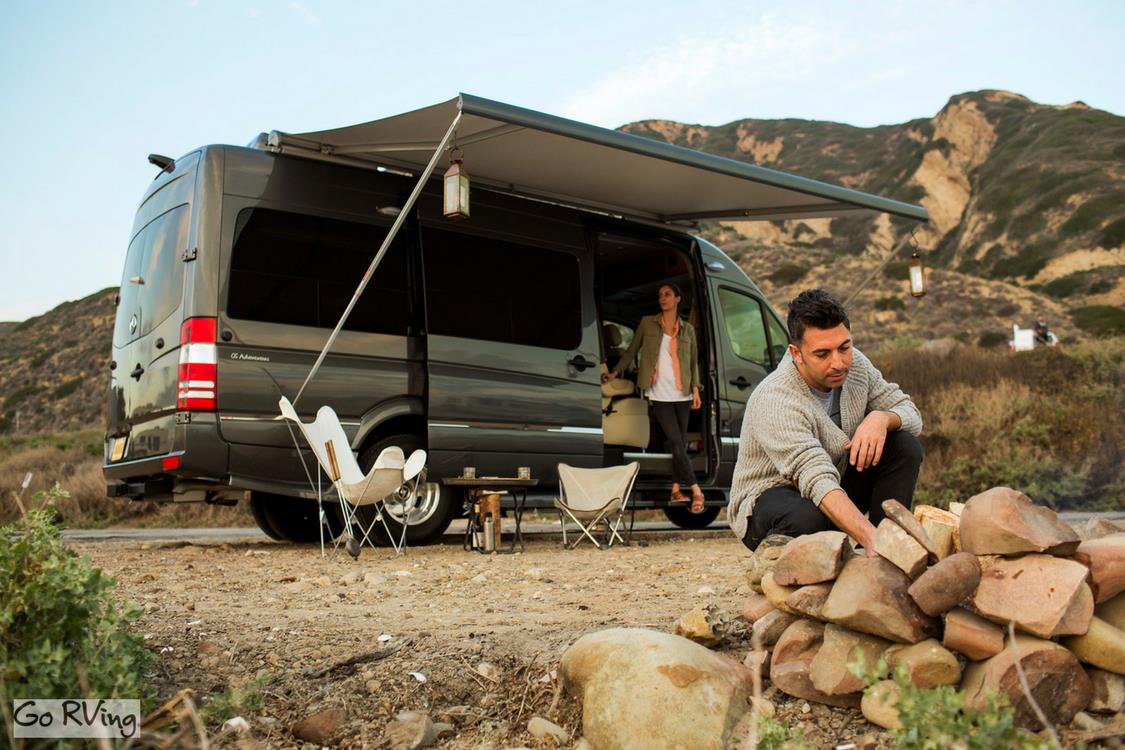
Is RV Insurance Required in Every State?
Yes, but the type of insurance you need depends on whether your RV is motorized (Class A, B, or C) or towable (travel trailers, fifth wheels, or pop-ups).
- Motorized RVs: Required to carry at least liability insurance in every state, just like a car.
- Towable RVs: In most states, liability coverage extends from the towing vehicle’s auto policy. However, comprehensive and collision coverage for the trailer itself usually requires a separate policy.
Minimum Liability Coverage by State
Each state sets its own minimum liability requirements for bodily injury and property damage. For example:
- California: 15/30/5 (that’s $15,000 per person, $30,000 per accident, $5,000 property damage)
- Florida: 10/20/10
- Texas: 30/60/25
While minimums allow you to stay legal, they may not be enough in the event of a major accident. Many RV owners choose higher limits for better protection.
Types of RV Insurance Coverage
Beyond liability, additional coverage options can protect your RV, belongings, and lifestyle:
- Collision: Pays for damage to your RV in an accident, regardless of fault.
- Comprehensive: Covers non-collision damage (theft, fire, storms, vandalism).
- Vacation Liability: Helps cover injuries or property damage that occur while your RV is parked and being used as a residence.
- Personal Property: Covers belongings inside your RV such as electronics, clothing, and camping gear.
- Full-Timer’s Coverage: If you live in your RV year-round, this acts like homeowners insurance on wheels.
Factors That Impact Your RV Insurance Requirements
Several personal and vehicle-specific factors affect the type and amount of coverage you need:
- RV Type: Luxury Class A motorhomes require more protection than smaller towables.
- Usage: Full-timers need higher liability and personal property coverage than weekend campers.
- State Laws: Local minimums vary, and some states may require uninsured/underinsured motorist coverage.
- Lender Requirements: If you financed your RV, your lender may require comprehensive and collision coverage.
Do You Really Need More Than Liability?
Legally, liability may be enough to drive your RV, but in practice, most owners add more coverage. RVs are significant investments, often loaded with personal items, and one accident or natural disaster could result in thousands of dollars in losses. Comprehensive coverage ensures your home-on-wheels is fully protected.
How to Choose the Right RV Insurance
Here are a few steps to make sure you’re properly insured:
- Check your state’s minimum requirements.
- Decide how much you use your RV — seasonal, part-time, or full-time.
- Consider the value of your RV and belongings inside.
- Request quotes from multiple providers to compare coverage and costs.
Protect Your RV and Stay Legal
Whether you own a towable trailer or a luxury Class A motorhome, the right insurance policy keeps you compliant with the law and gives you peace of mind on the road. Don’t settle for minimums if it means leaving your investment at risk.
At Lazydays RV, we’ve helped RVers navigate insurance requirements for over 30 years. Contact us today for an RV insurance quote and let us match you with the coverage you need to stay safe, legal, and protected.



